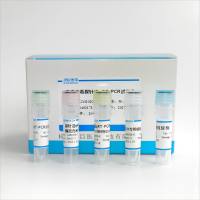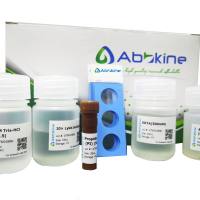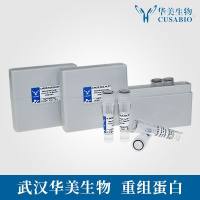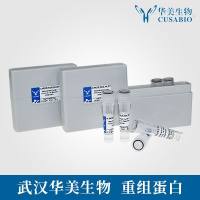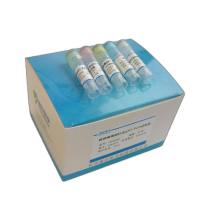Toward Effective PCR-Based Amplification of DNA on Microfabricated Chips
互联网
427
The polymerase chain reaction (PCR) has rapidly become the most valuable tool in the clinical diagnostic arsenal for determining
specific diseases or detecting infectious agents. Primers, short pieces of DNA complementary to the DNA sequence of interest,
are mixed with nucleotides, a small amount of template DNA from the sample of interest, and
Taq
DNA polymerase enzyme in the appropriate buffer. Using temperature cycling, a short piece of DNA (50-1000 bp in length),
defined by the primers chosen, is rapidly amplified from the few initial template molecules added to the mixture. The amplification
product is then analyzed using an electrophoretic separation. The entire process, shown in Fig. 1
, includes the “sample preparation” which typically involves isolating the appropriate cells, from which the DNA is extracted
prior to PCR amplification. To utilize this sequence most efficiently there should be a continuous flow from sample collection
to diagnosis. This would eliminate both delays due to the transfer of material between each step and the need for intervention
before the next step could begin. In the ideal world, this diagnosis would be immediate—the real goal is to decrease the time
to as short as possible. Towards this end, the integration of the steps detailed in Fig. 1
into a single platform is of obvious and critical importance (
see
Note 1
).
Fig. 1.
Overall scheme for clinical and genetic analyses.


